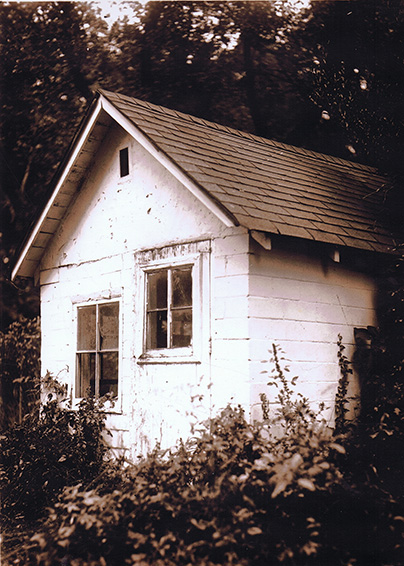Paul De Angelis — Portraits of Sumitra
November 6, 2013
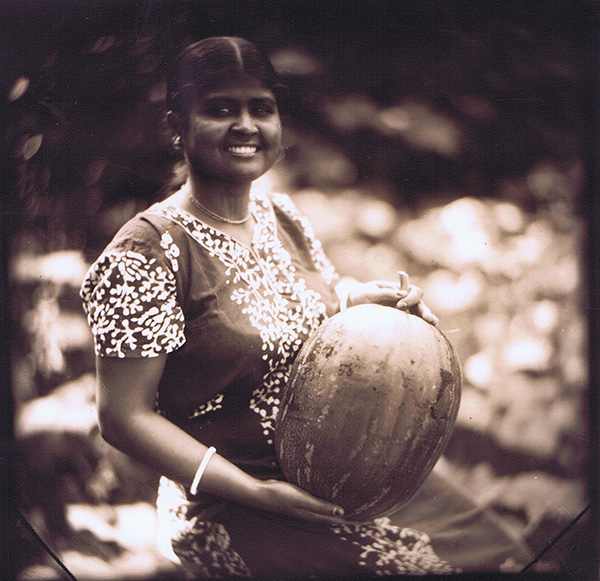
Paul is an artist on many levels. He is a tattoo artist by profession. He and his wife have been remodeling a gem of an old house and its extensive garden. The once sadly neglected property is being transformed into a home and darkroom along with an old-fashioned skylight shooting studio. Skylight studios were contemporary with Paul's Whole Plate camera and Petzval lens. He is putting his love of antique equipment together with an antique process.
The learning curve is steep, but Paul is tackling it at every level. He is building his darkroom at the same time as he's been learning emulsion making. His goal is portrait photography. To that end he has something we can all envy — a willing and photogenic subject, his wife, Sumitra. Paul and Sumitra are working through different lighting setups and stagings.
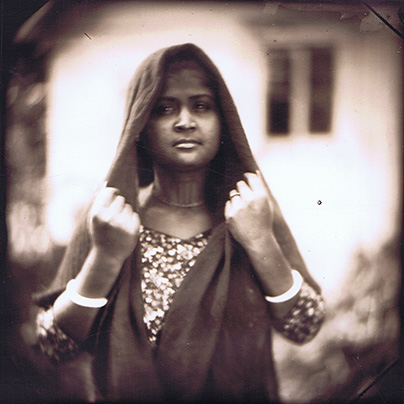
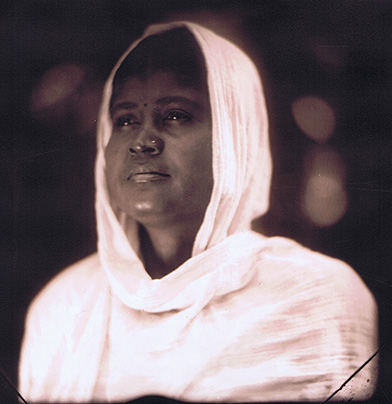
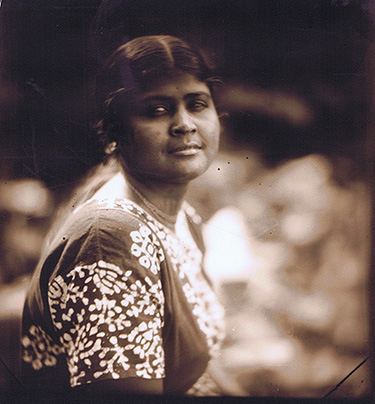
Paul has been happy with the quality of his dry plates. He gets the occasional micro-bubble, but they don't bother him too much. One issue that he would like to see improvement on is speed. Even shooting wide open, exposure times are running into many seconds. That's not ideal for portrait photography. True to his nature, though, Paul is working through all the refinements he can think of to increase the sensitivity of his plates.
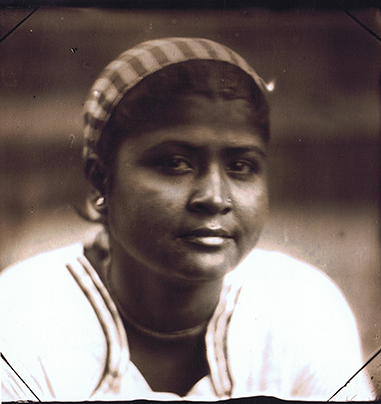
A traditional film photography trick that Paul is using is Selenium Intensification. The technique involves bathing a fully processed negative in a solution of commercial selenium toner and water. Paul uses a 1:3 strength. The selenium tones the emulsion proportionally to the original density on the negative. More selenium is added to highlight areas than to shadow areas. The effect is an increase in contrast, and gives contact prints more punch. The process can't add information where none existed originally, but the overall increase in density means that a thin negative can be more easily printed. And, as with selenium toning prints, the process makes the plate more archival.
The dry plate negative for the print on the left below was intensified. Even though the light during exposure was very soft the print has an excellent range of values. The contact print was then split-toned in selenium and copper.
